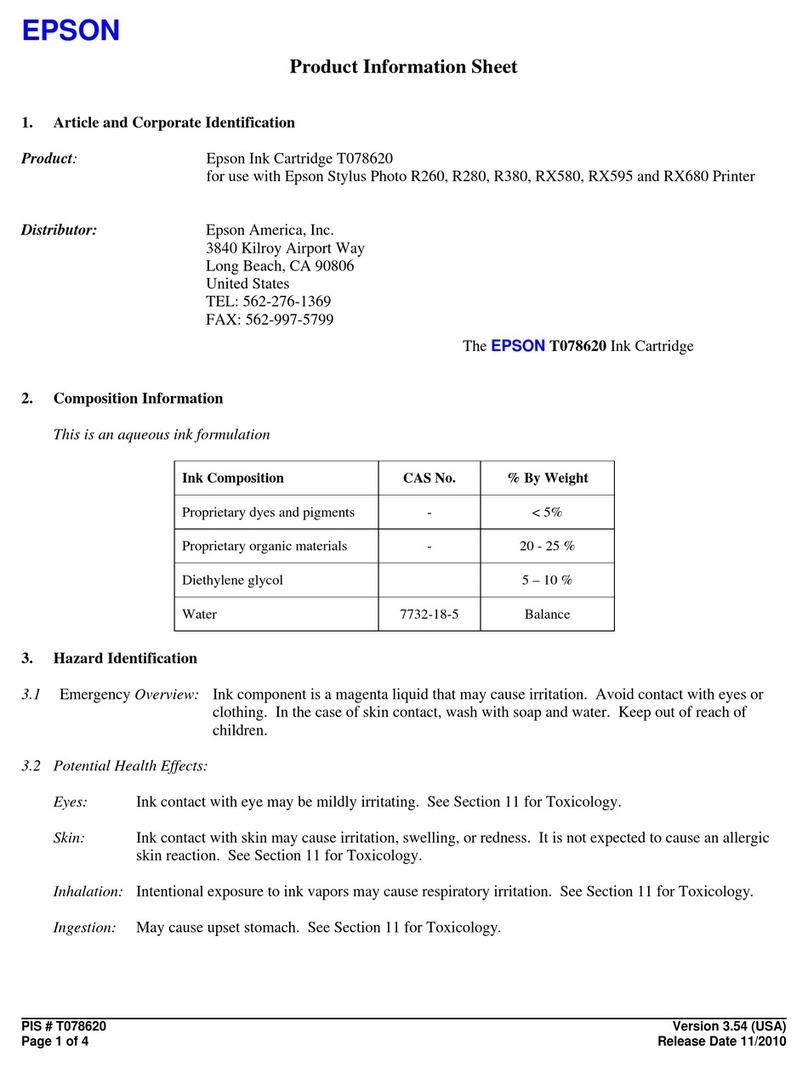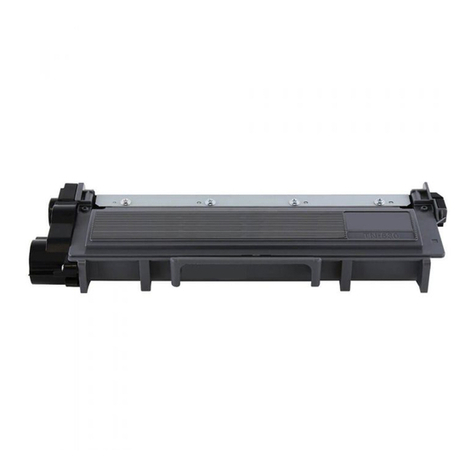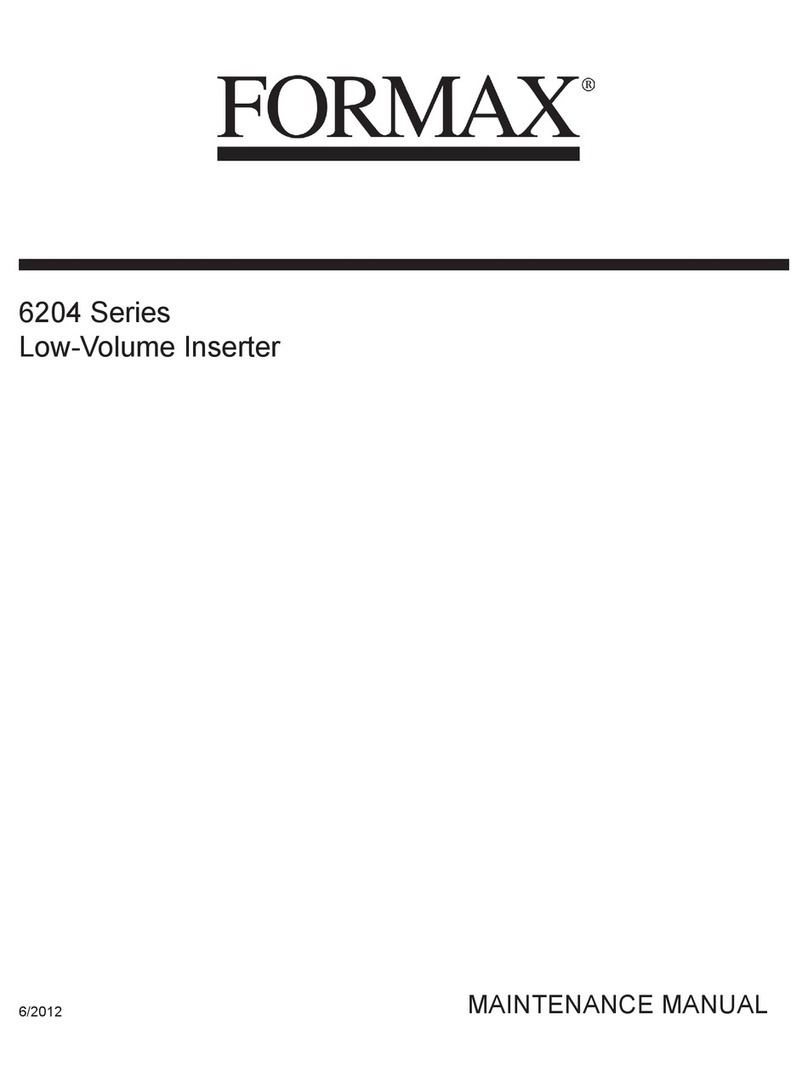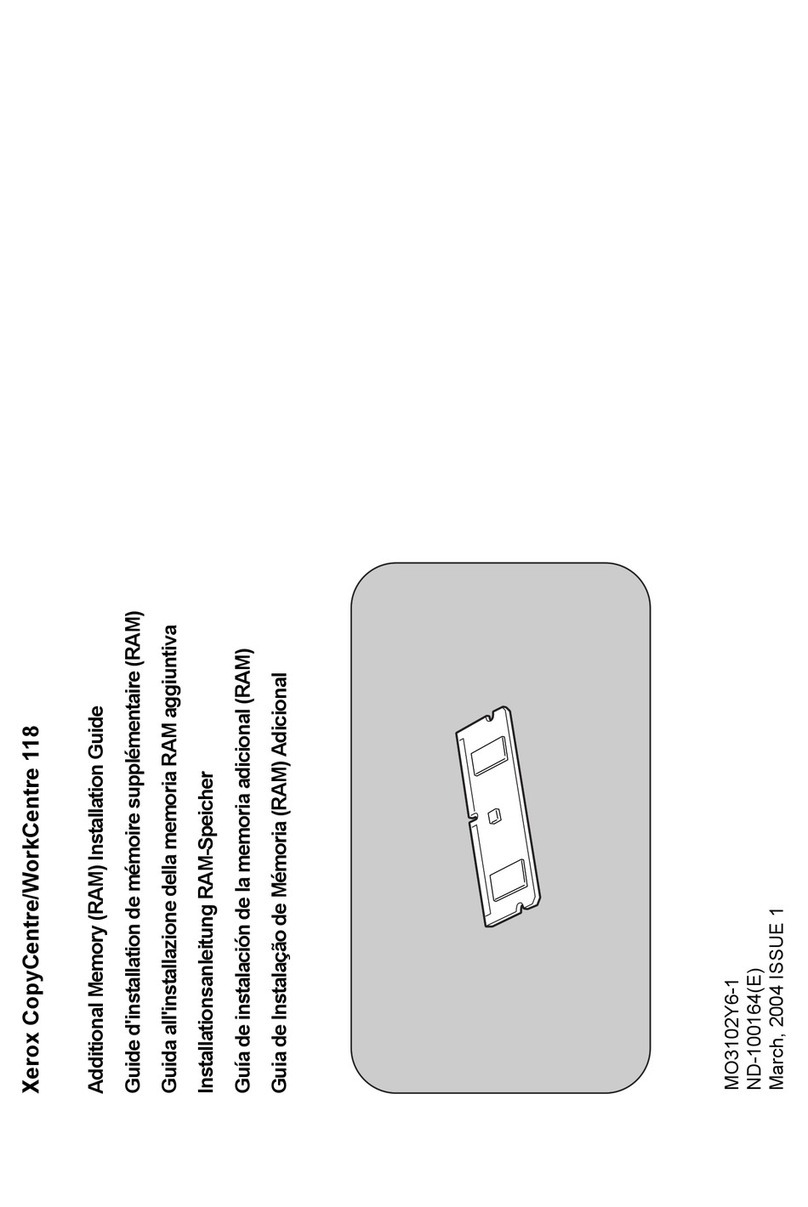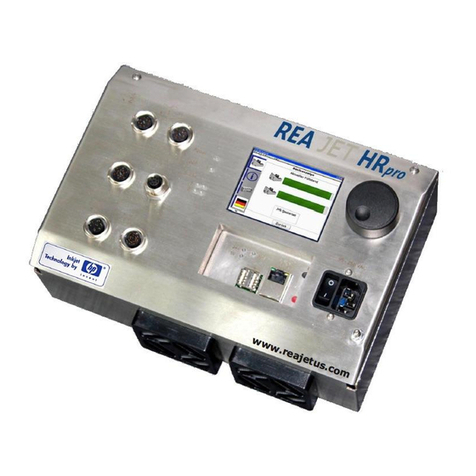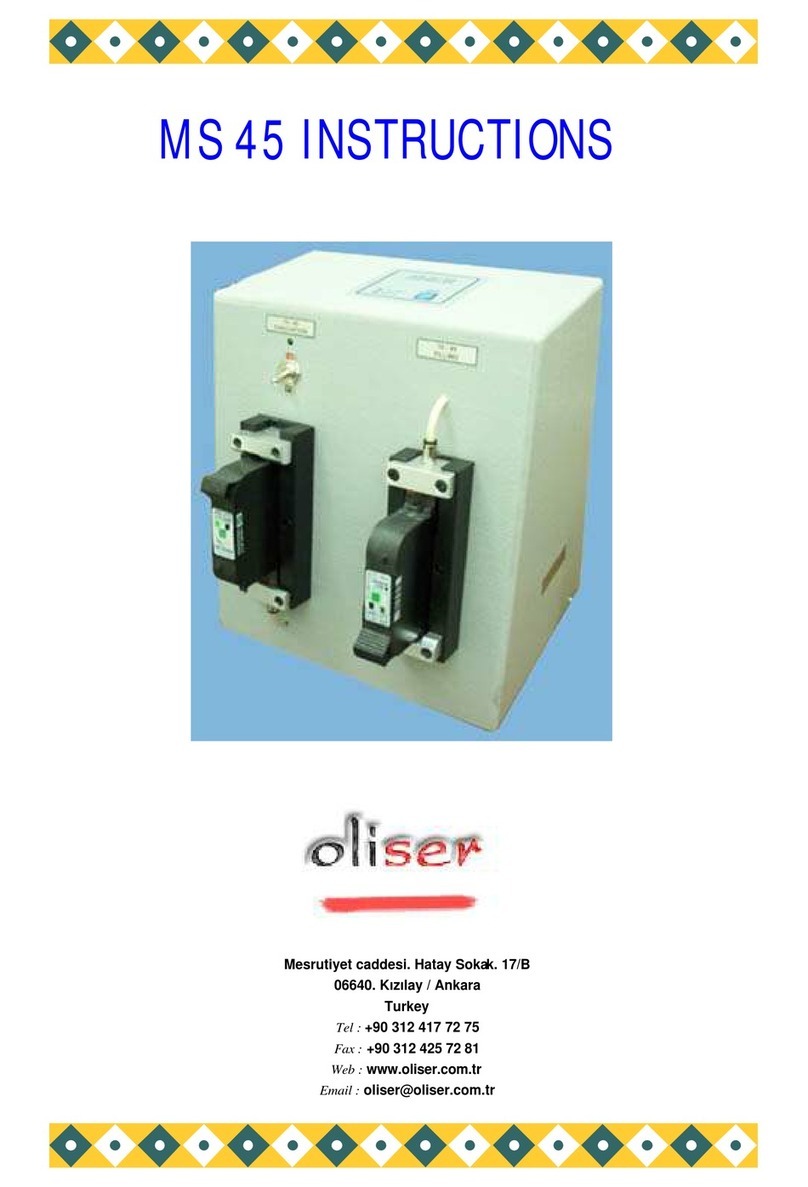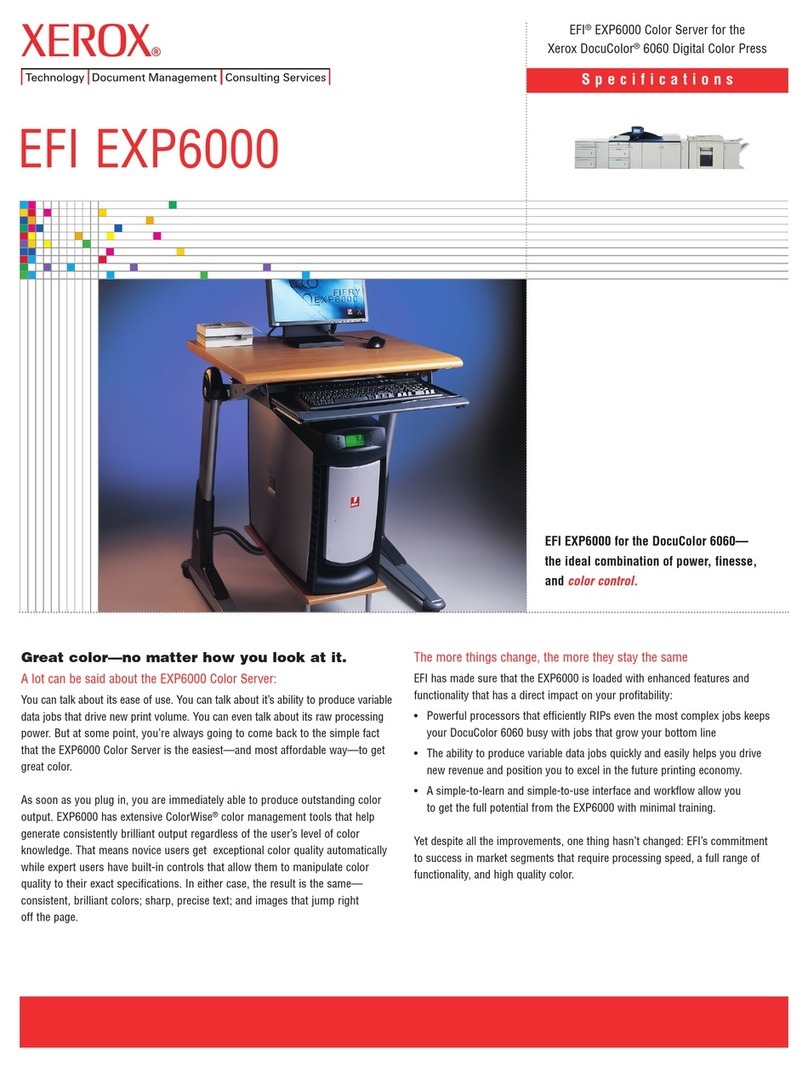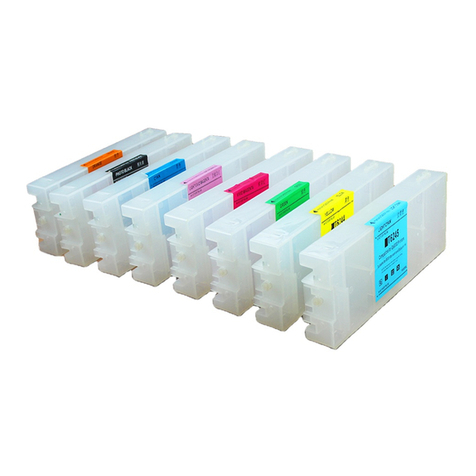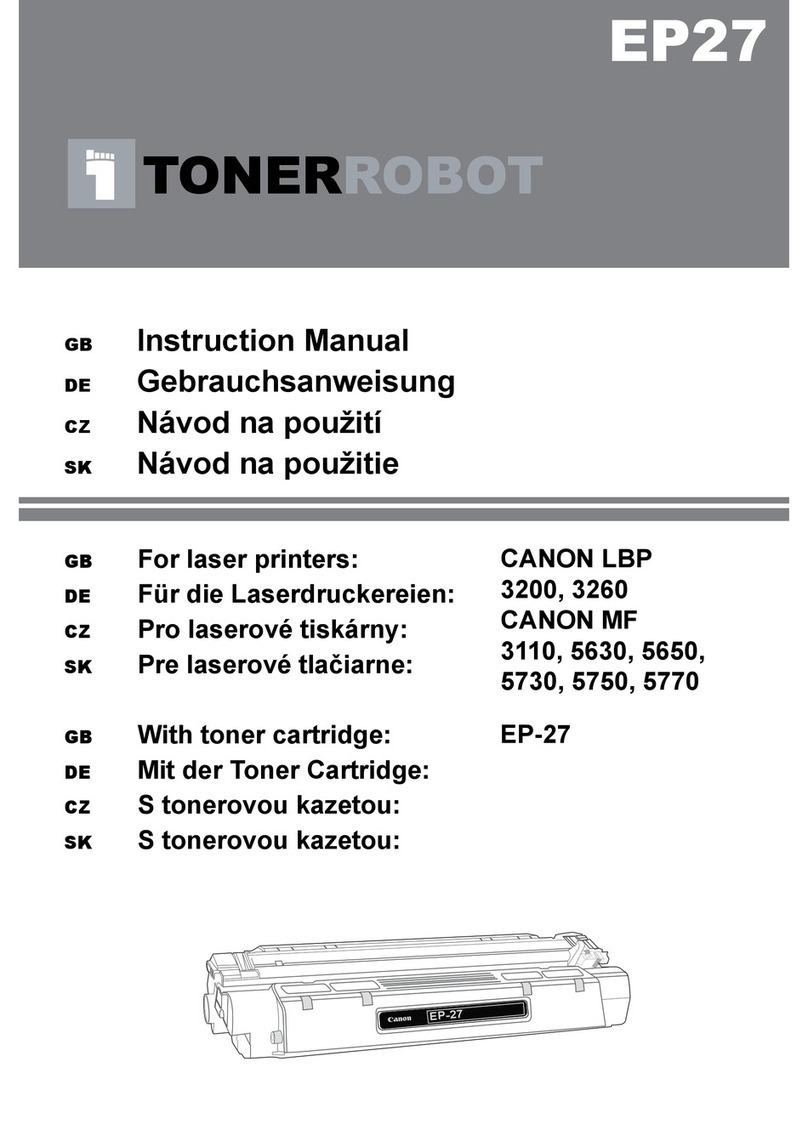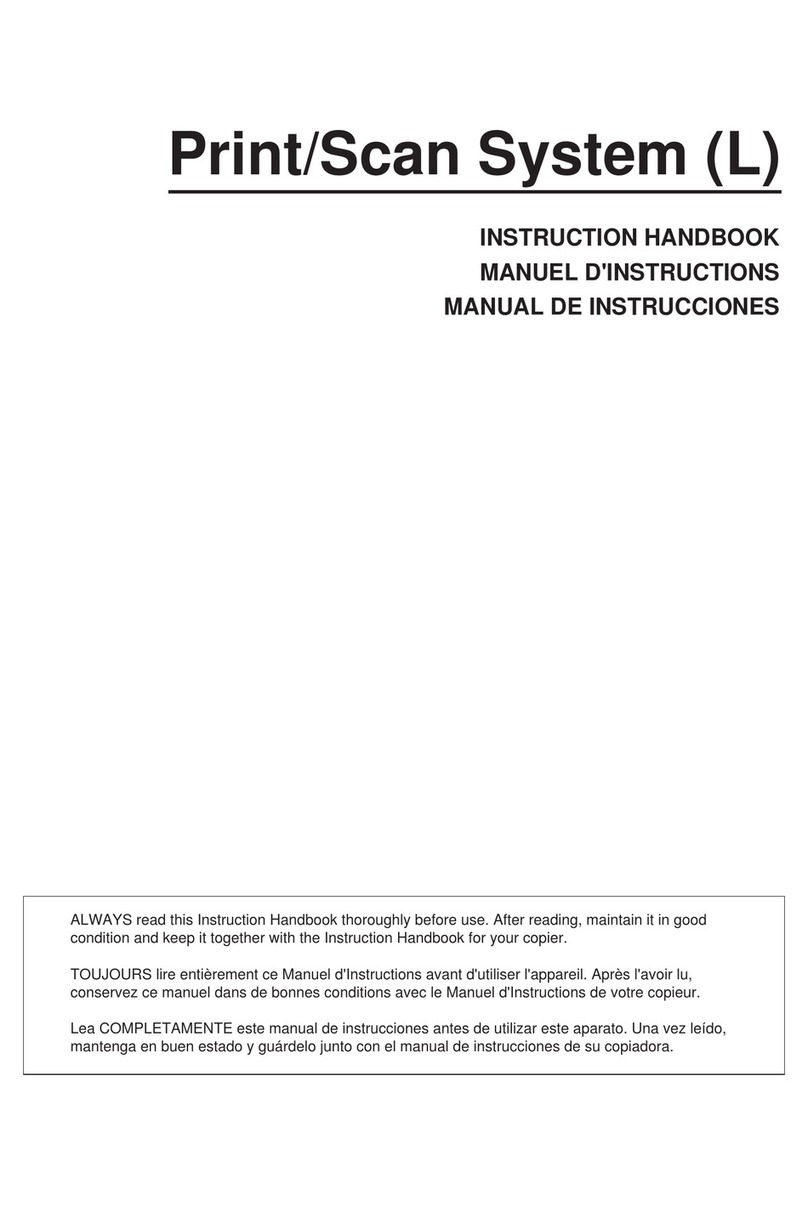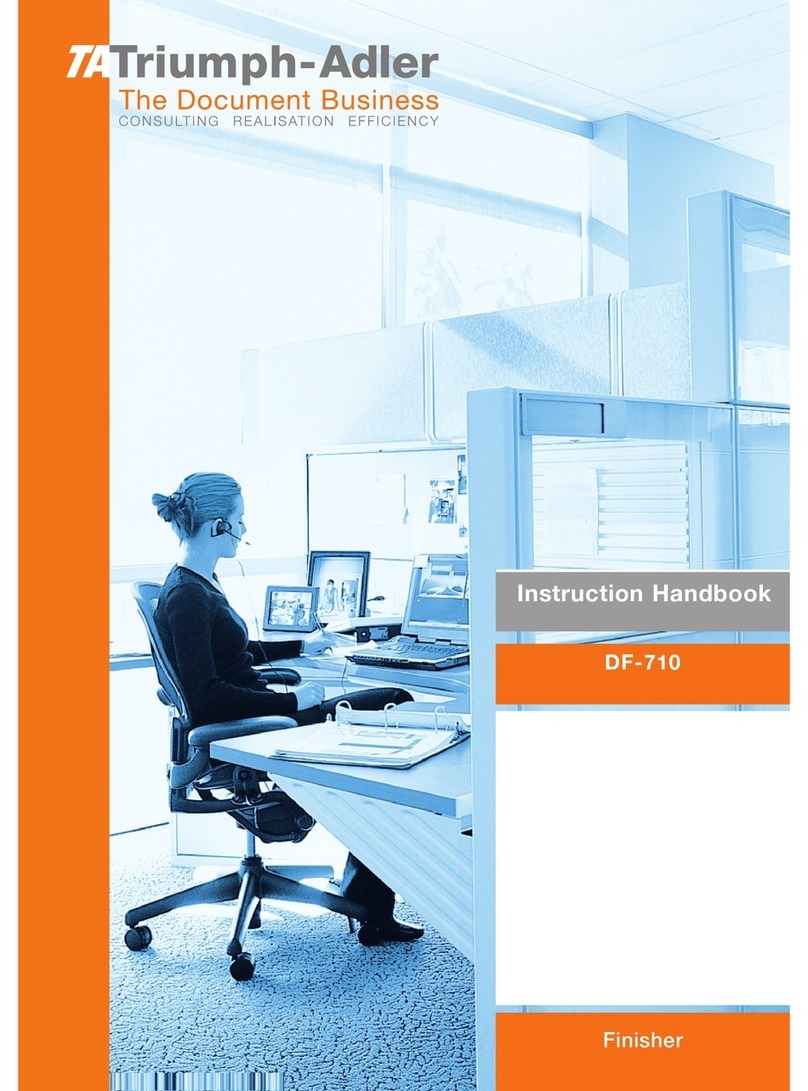Minolta EP1030 User manual
Other Minolta Printer Accessories manuals
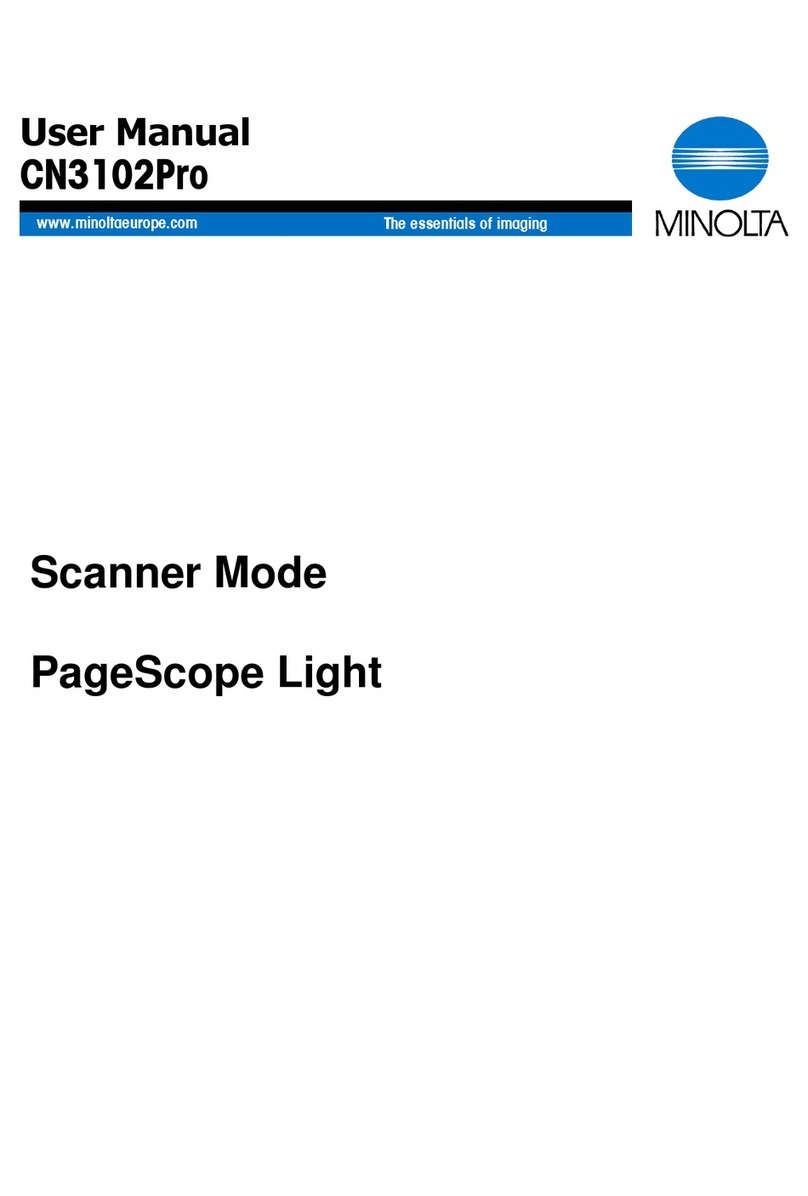
Minolta
Minolta CN3102Pro User manual

Minolta
Minolta QMS Magicolor 2400 DL Owner's manual

Minolta
Minolta PageWorks Pro 18 User manual

Minolta
Minolta MAGICOLOR 5430 User manual
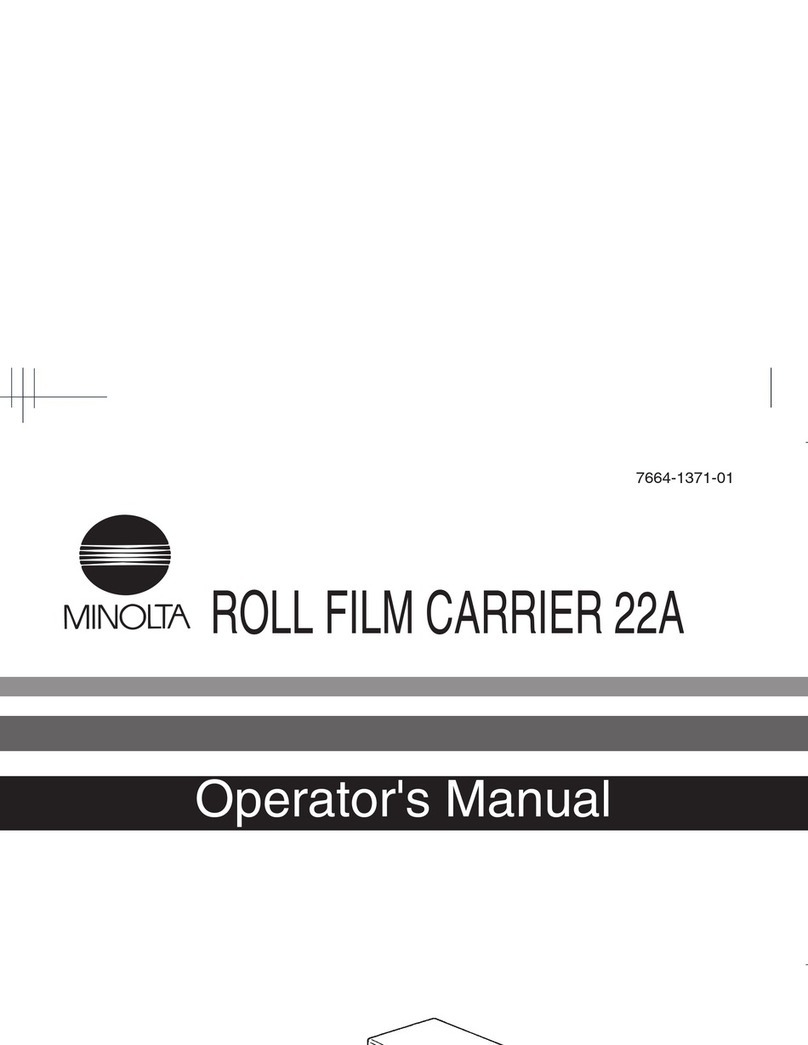
Minolta
Minolta MS6000 MK II User manual
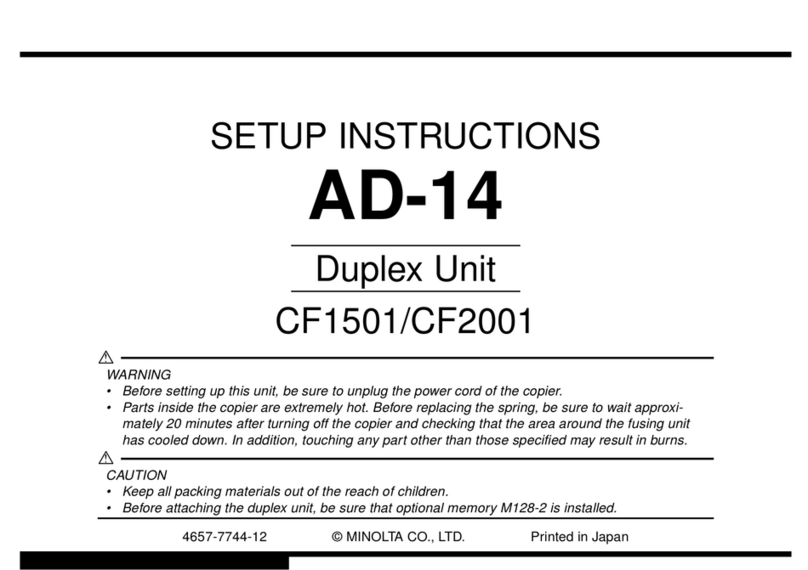
Minolta
Minolta CF2001 Manual
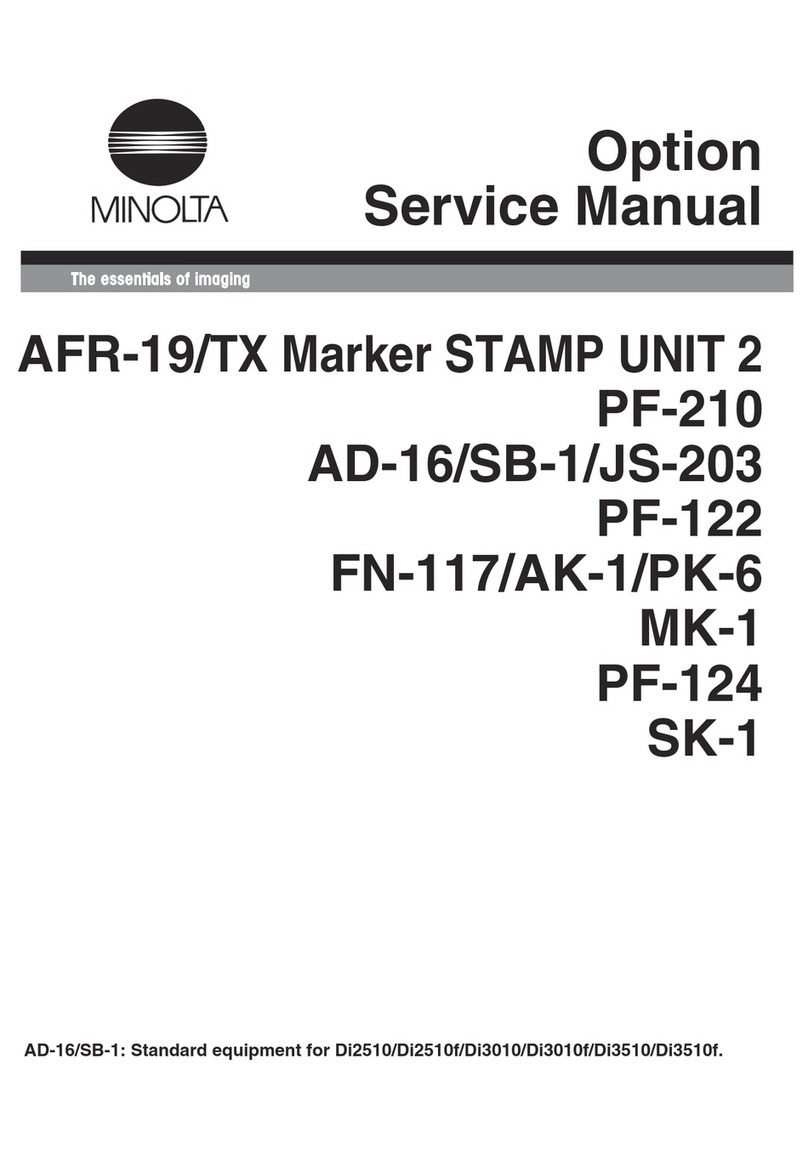
Minolta
Minolta AFR-19 User manual
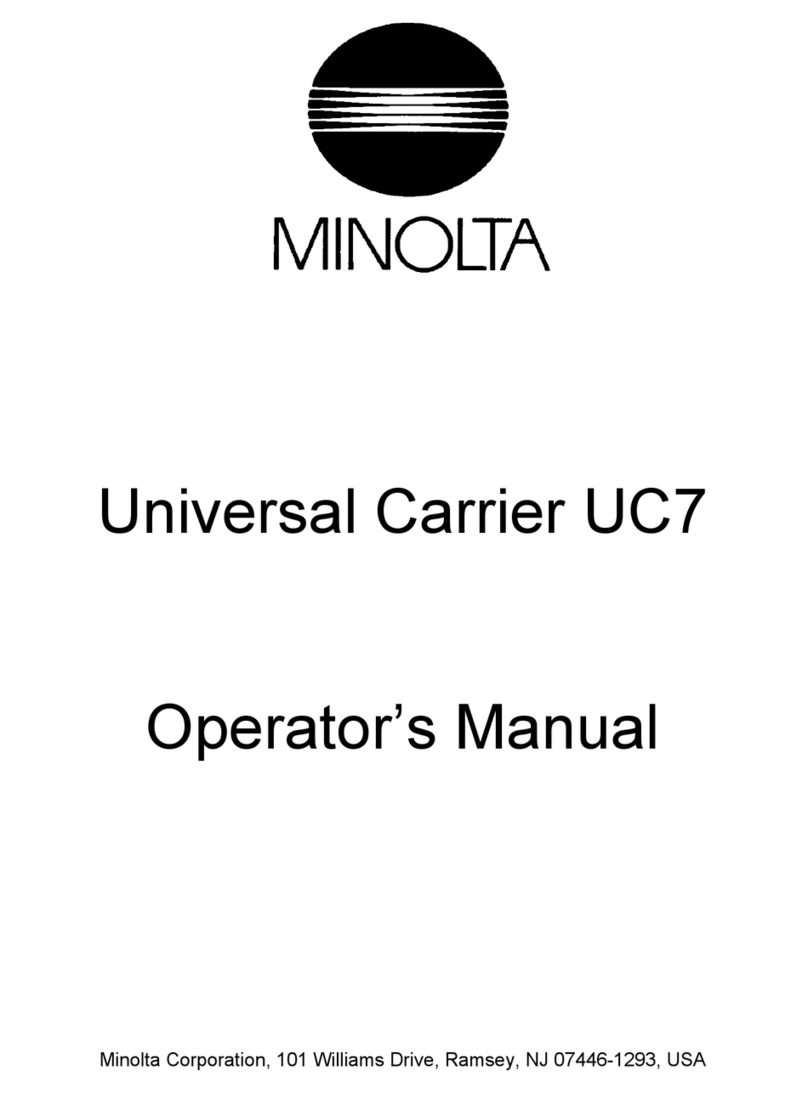
Minolta
Minolta MS6000 MK II User manual
Popular Printer Accessories manuals by other brands

Star Micronics
Star Micronics TSP800 Series install guide
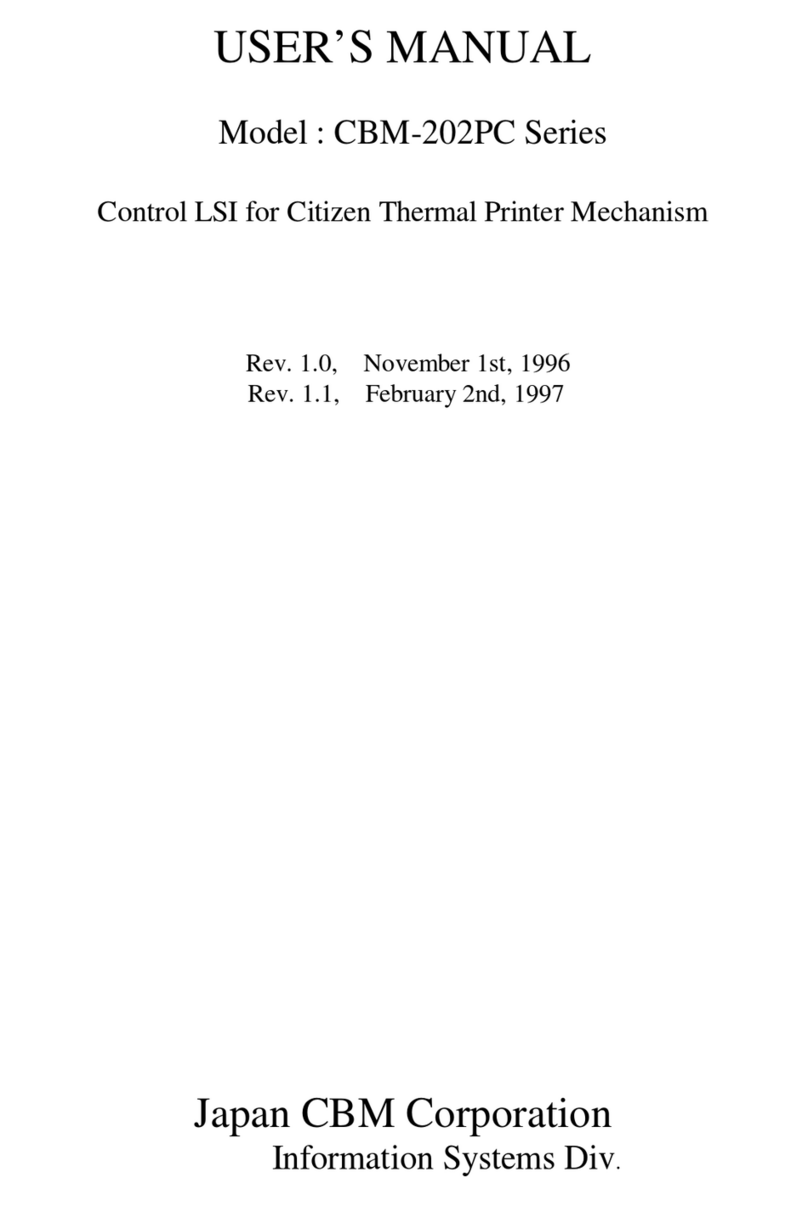
Citizen
Citizen CBM-202PC Series user manual

Canon
Canon Color imageCLASS MF8170c installation instructions
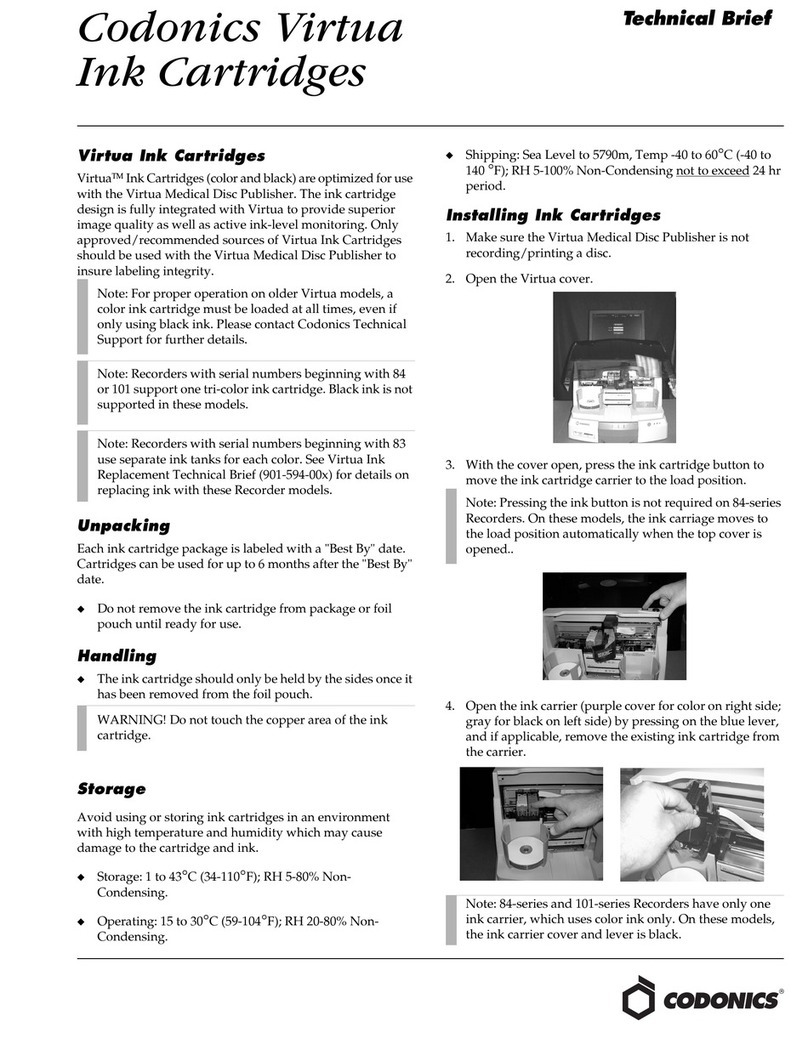
Codonics
Codonics Virtua 1VCX-LR833 Technical brief

Roland
Roland DU2-64 Supplementary manual
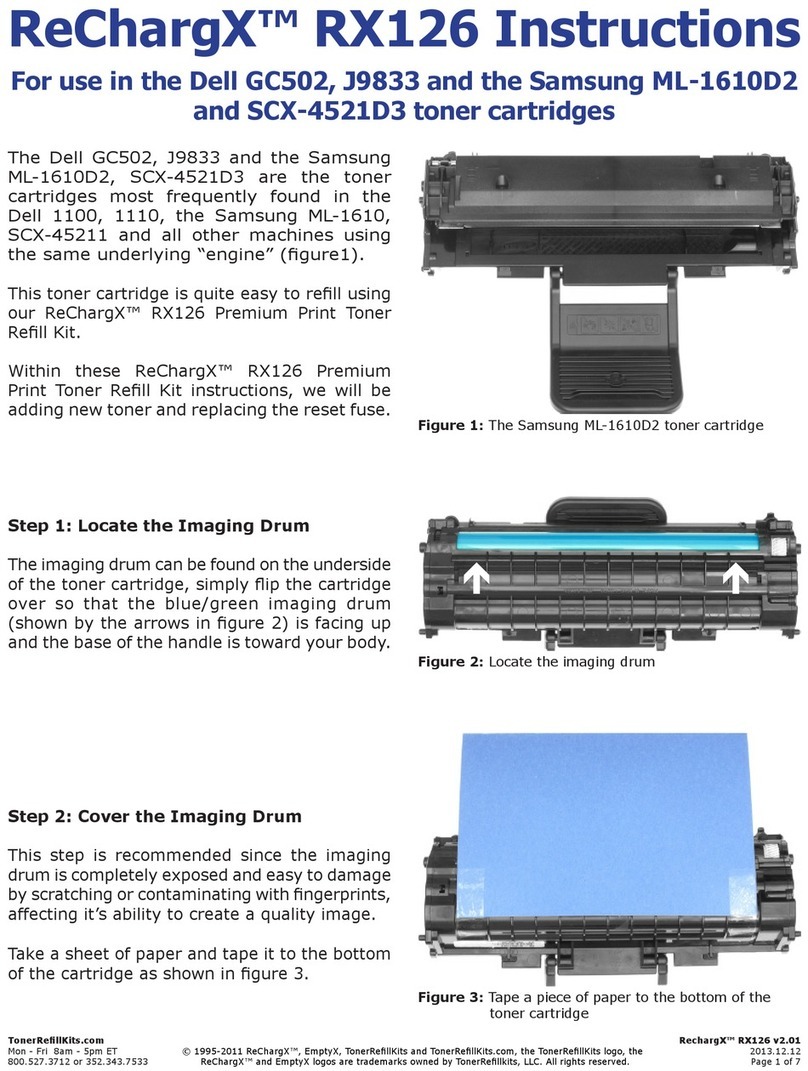
TonerRefillKits
TonerRefillKits ReChargX RX126 instructions
